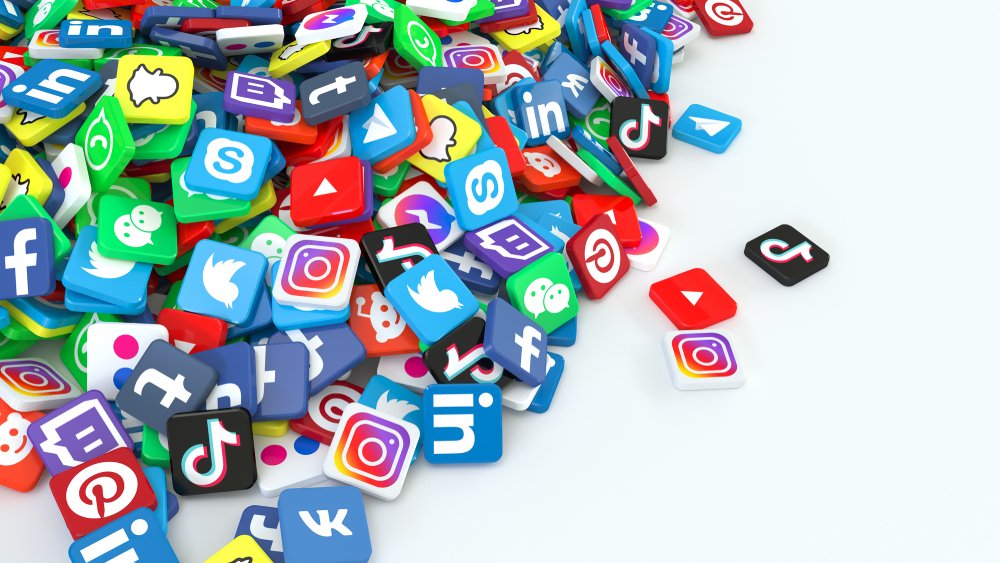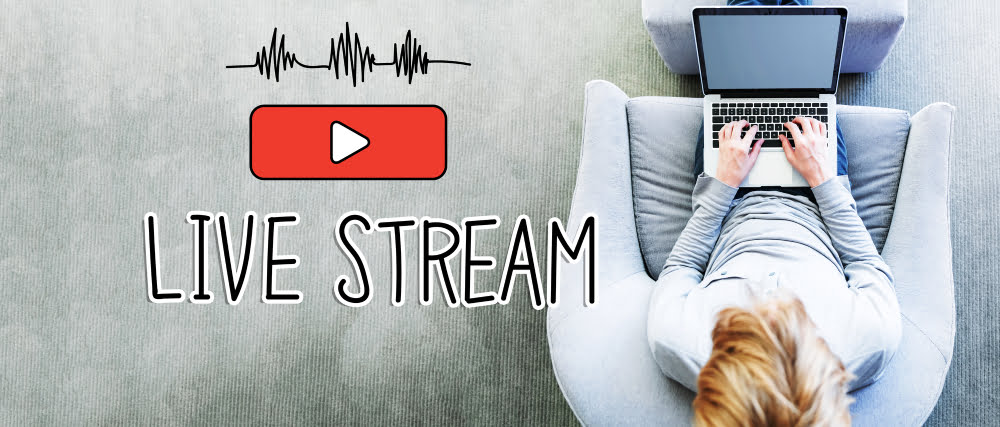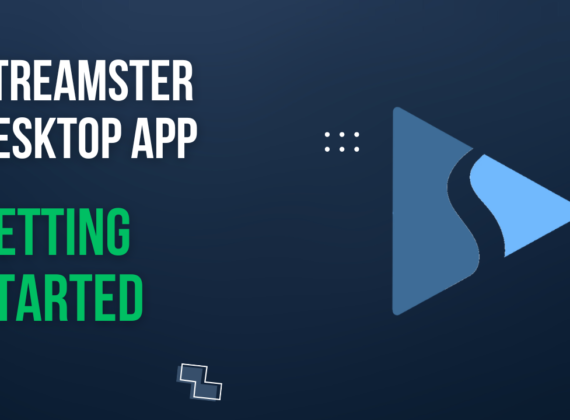The Only Multistreaming Guide You’ll Ever Need
The Only Multistreaming Guide You’ll Ever Need
What is Multistreaming?
Multistreaming refers to the practice of broadcasting a live stream to multiple platforms or streaming services simultaneously. Instead of streaming to just one platform, such as Twitch or YouTube, multistreaming allows content creators to reach a broader audience by broadcasting their content to multiple platforms at the same time.
The process typically involves using specialized software or online platforms that can take the live video feed from the source, encode it, and distribute it to multiple destinations in real-time. These destinations can include popular streaming platforms like Twitch, YouTube, Facebook Live, Mixer, and others.
What Are the Benefits of Multistreaming?
Multistreaming offers several benefits:
Expanded Reach: By broadcasting to multiple platforms simultaneously, content creators can reach a wider audience. Viewers who prefer one platform over another can still access the live stream without needing to switch platforms.
Increased Engagement: Multistreaming allows content creators to engage with their audience across different platforms. This enables viewers to choose their preferred platform for interaction, such as leaving comments, asking questions, or participating in live chats.
Diversification: Multistreaming reduces reliance on a single platform and diversifies the content creator’s presence. This can be beneficial in case of platform issues, changes in algorithms, or audience preferences.
Analytics and Insights: Multistreaming platforms often provide analytics and insights that track viewer engagement, reach, and other metrics across multiple platforms. This data can help content creators understand their audience, optimize their streams, and make informed decisions about future content.
Simplicity and Efficiency: Instead of managing multiple separate streams, multistreaming allows content creators to broadcast to multiple platforms with a single setup. This simplifies the streaming process and saves time and resources.

Multistreaming Challenges
Multistreaming can present some challenges that content creators should be aware of. Here are a few potential challenges:
Bandwidth and Technical Requirements: Multistreaming requires a stable and high-speed internet connection. Streaming to multiple platforms simultaneously can consume significant bandwidth, which may strain your network connection. It’s essential to have sufficient upload speed and hardware capabilities to handle multiple streams without compromising the quality of the broadcast.
Encoding and Processing Power: Encoding a live stream to multiple platforms in real-time can be resource-intensive. It requires a powerful computer or dedicated hardware encoder to handle the encoding and processing demands of multiple simultaneous streams. Inadequate processing power can result in buffering, lag, or reduced stream quality.
Platform Limitations: Different streaming platforms have varying technical requirements, guidelines, and restrictions. Some platforms may impose limitations on the number of simultaneous streams or require specific settings or configurations. Content creators need to understand and comply with each platform’s guidelines to ensure a smooth multistreaming experience.
Interaction and Engagement: Engaging with the audience across multiple platforms can be challenging. Monitoring and responding to comments, questions, and interactions from different platforms simultaneously can be overwhelming. Content creators may need to dedicate additional resources or use specialized tools to manage interactions effectively.
Content and Platform Compatibility: Each streaming platform has its own unique features, layout, and audience expectations. Content creators may need to consider how their content translates across different platforms and adapt their presentation style accordingly. Ensuring compatibility with various platforms and optimizing content for each one can require extra effort and planning.
Quality Control: Maintaining consistent stream quality across multiple platforms can be challenging. Different platforms may have different technical requirements and limitations. Content creators must carefully configure their encoding settings to ensure the best possible quality for each platform while considering bandwidth constraints and performance.
Monitoring and Analytics: Tracking and analyzing viewership, engagement, and performance metrics can be more complex when streaming to multiple platforms simultaneously. Content creators need to utilize analytics tools or multistreaming platforms that provide consolidated data and insights across all streaming destinations.
While multistreaming offers numerous benefits, these challenges highlight the importance of careful planning, technical proficiency, and resource allocation to ensure a successful and seamless multistreaming experience.

How to Multistream in 8 Steps?
Step 1. Choose a multistreaming platform: Select a platform or service that allows you to perform simultaneous multistreaming. Some popular options include Streamster, Restream, Streamlabs OBS, OBS Studio with multistreaming plugins, and other similar tools.
Step 2. Set up your streaming accounts: Create accounts on the streaming platforms where you want to broadcast. This may include Twitch, YouTube, Facebook Live, and any other platforms you want to reach your audience on.
Step 3. Connect your multistreaming platform: Follow the instructions provided by your chosen multistreaming platform to link your streaming accounts. Typically, you’ll need to provide your login details for the streaming platforms to establish the connection.
Step 4. Configure the stream: Adjust the streaming settings within the multistreaming service. This includes selecting the platforms you want to stream to simultaneously, setting the video quality, choosing the audio sources, and configuring any additional features or overlays.
Step 5. Test your setup: Before going live, it’s important to test your multistreaming setup. Check that all your accounts are properly connected, verify the stream quality, and ensure that your audio and video sources are working correctly.
Step 6. Start streaming: Once everything is set up and tested, start your live stream on the multistreaming platform. It will automatically distribute the stream to the selected platforms simultaneously.
Step 7. Monitor and engage: Keep an eye on the chat or comments section across all platforms where your stream is being broadcasted. Interact with your audience, respond to their questions or comments, and engage in real-time conversations to enhance the streaming experience.
Step 8. Analyze and optimize: After each multistreaming session, review the analytics and performance metrics provided by your multistreaming platform. This will help you understand audience engagement, reach, and other valuable insights. Use this information to improve future streams and tailor your content to your audience’s preferences.
How to Multistream with Streamster
1. Download and install the Streamster app.
2. Create your account with Streamster (optional).
3. Open the Streamster app and set up your streaming scene. Read more about creating a scene in the Streamster app.
4. Set up channels for the platforms you want to stream to. Read more about creating streaming channels in the Streamster app.
5. Start your live stream and/or your video recording.
Watch our ‘Getting Started’ video tutorial below for more info.




